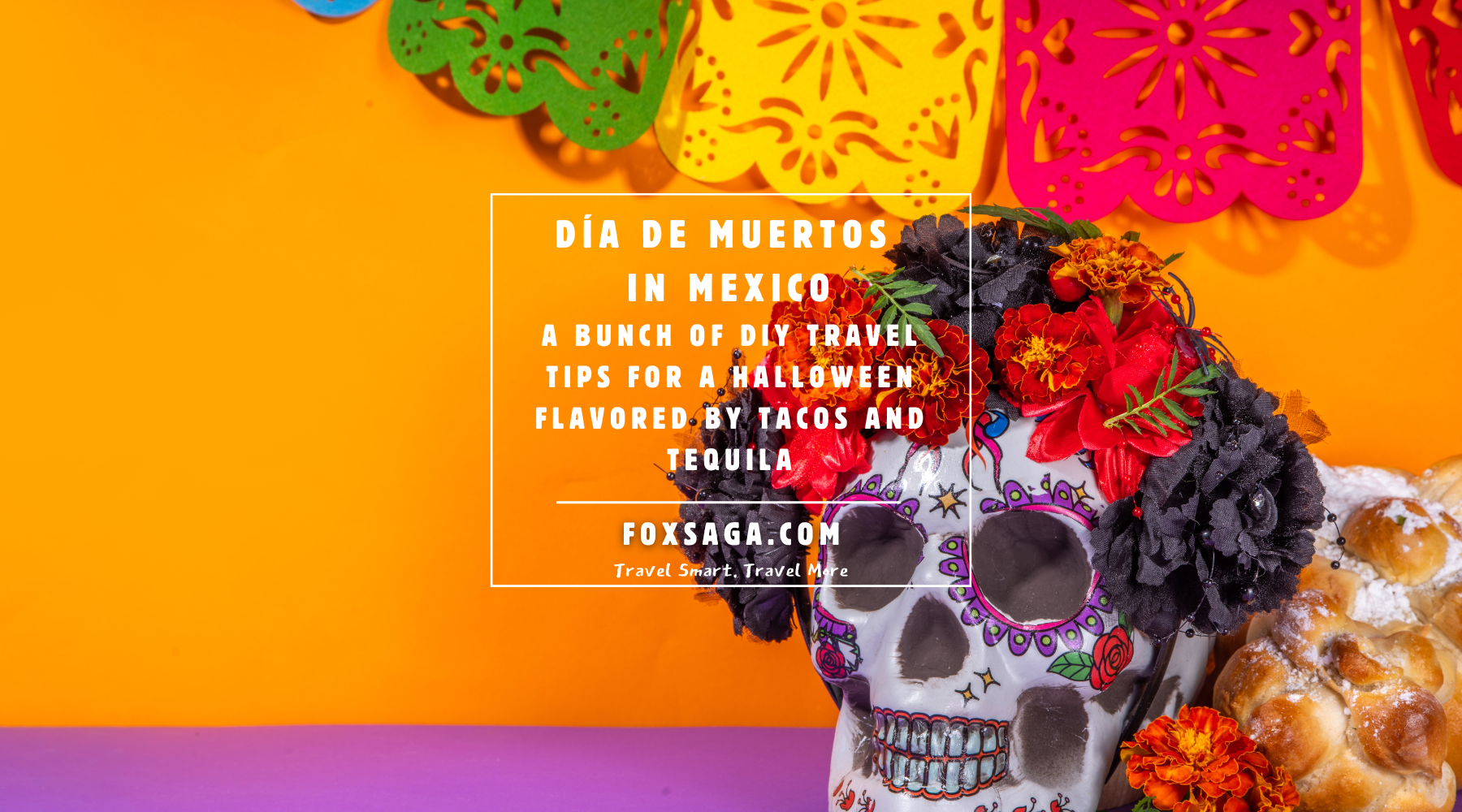Why You Should Pack Your Flip-Flops and Skeleton Face Paint for Hanal Pixán in Mexico
— And Let My Travel Buddy Lucho Convince You Why It's the Spiciest Cultural Dish You Never Knew You Needed.
Have you ever accidentally wandered into a festival and thought, “Well, this isn’t in the guidebook…”?
That was me two Novembers ago, standing in the middle of a Yucatán cemetery surrounded by families picnicking next to graves, colorful altars lit by candles, and the smell of tamales swirling through the air like incense from the beyond. I wasn’t lost—exactly—but I’d definitely stumbled into something beautiful, weird, and soul-huggingly memorable.
Welcome to Hanal Pixán.
This isn’t just “Mexico’s Day of the Dead” as it’s often lumped together with Día de Muertos. No, amigos, this is the Yucatecan flavor of it—a beautiful blend of Mayan tradition, colonial history, and modern heart. And it’s the kind of cultural magic every DIY traveler should put high on their list.
But don’t just take my word for it.
Let me introduce you to Lucho, my wildly underprepared travel buddy with a backpack full of granola bars and zero clue what’s going on. Lucho is the kind of guy who thought “pixán” was a Pokémon. Now he swears Hanal Pixán changed his life.
So, What Is Hanal Pixán?
In Mayan, Hanal Pixán means “food of the souls,” and it’s the Yucatán’s unique way of honoring the dead. Celebrated from October 31 to November 2, the holiday involves families building elaborate altars (ofrendas) in their homes and cemeteries. These are decked out with photos, marigolds, incense, and—most importantly—food.
Because if there's one universal truth across all cultures, it's this: if you're coming back from the dead, you're going to want snacks.
Lucho, naturally, thought we were heading to a food festival. In a way, he wasn’t wrong.
Why DIY Adventurers Should Drop Everything and Go
-
Authentic Culture with No Filter
This isn’t a commercialized tourist spectacle. In towns like Mérida, Campeche, and tiny villages in between, the celebration is local, raw, and real. You’ll be invited to share a tamale, listen to stories, or help light a candle. Just don’t touch anything on the altar—Lucho learned that the hard way and got smacked with a tamal. -
It’s a Foodie Dream With a Side of Ghosts
If you’ve never tried mucbipollo—a giant, banana-leaf-wrapped tamale that’s baked underground like a Mayan lasagna—you are missing a spiritual experience. According to Lucho, it was “like hugging your grandma, but in food form.” -
Cemetery Picnics Are Surprisingly Fun
In the Yucatán, cemeteries aren’t spooky. They’re gathering places. Families clean graves, decorate them with candles and flowers, and hang out with their dearly departed like it’s Sunday brunch. You might even catch a grandma gossiping with her late husband. (“She says he still owes her 50 pesos.”) -
Costumes, Face Paint, and Soul-Snacks
Everyone paints their face like a skull—not in a spooky way, but as a symbol of connection between life and death. Lucho, being the overachiever that he is, tried to use Nutella as face paint. It did not go well, but he made friends, and someone gifted him proper makeup and a tamal. Again.
Quick Tips for Your Trip
-
Base Yourself in Mérida
This charming colonial city is the perfect jumping-off point. It's safe, budget-friendly, and full of cultural life. Plus, you can catch local processions, visit cemeteries, and try Hanal Pixán cuisine in authentic settings. -
Learn Some Basic Spanish and Mayan Words
Knowing how to say “gracias” and “buen provecho” goes a long way. If you can learn “bo’ol” (bean) or “waaj” (tortilla), you might get bonus grandma points. -
Pack Respectfully
This is a deeply spiritual time. Be curious, be kind, and don’t be like Lucho, who accidentally sat on an altar thinking it was a free buffet table. -
Join a Cooking Workshop or Altar Tour
Several local organizations in Mérida and Valladolid offer workshops where you can learn to make mucbipollo, construct an ofrenda, and understand the customs. These are great ways to support the community while diving deeper into the culture. -
Stay for the Paseo de las Ánimas (The Walk of Souls)
This nighttime procession in Mérida is breathtaking—locals walk through the city dressed as skulls, carrying candles and flowers. Lucho cried. Or maybe it was the face paint in his eyes. Hard to say.
Final Words from Lucho
When we left Mérida, Lucho turned to me in the airport and said, “You know… I thought I came for tacos, but I think my soul got fed too.”
Then he promptly fell asleep on a bench holding a bag of leftover mucbipollo like it was a teddy bear.
Hanal Pixán isn’t just a holiday—it’s a journey into Mexico’s ancient heart.
It’s a reminder that life and death are part of the same dance, and that honoring the past can be filled with joy, flavor, and laughter.
So if you’re the kind of traveler who likes a side of meaning with your margaritas—and maybe a cemetery tamal picnic under the stars—then Hanal Pixán is calling your name.
Just don’t bring Nutella as face paint. Lucho says it attracts ants.





